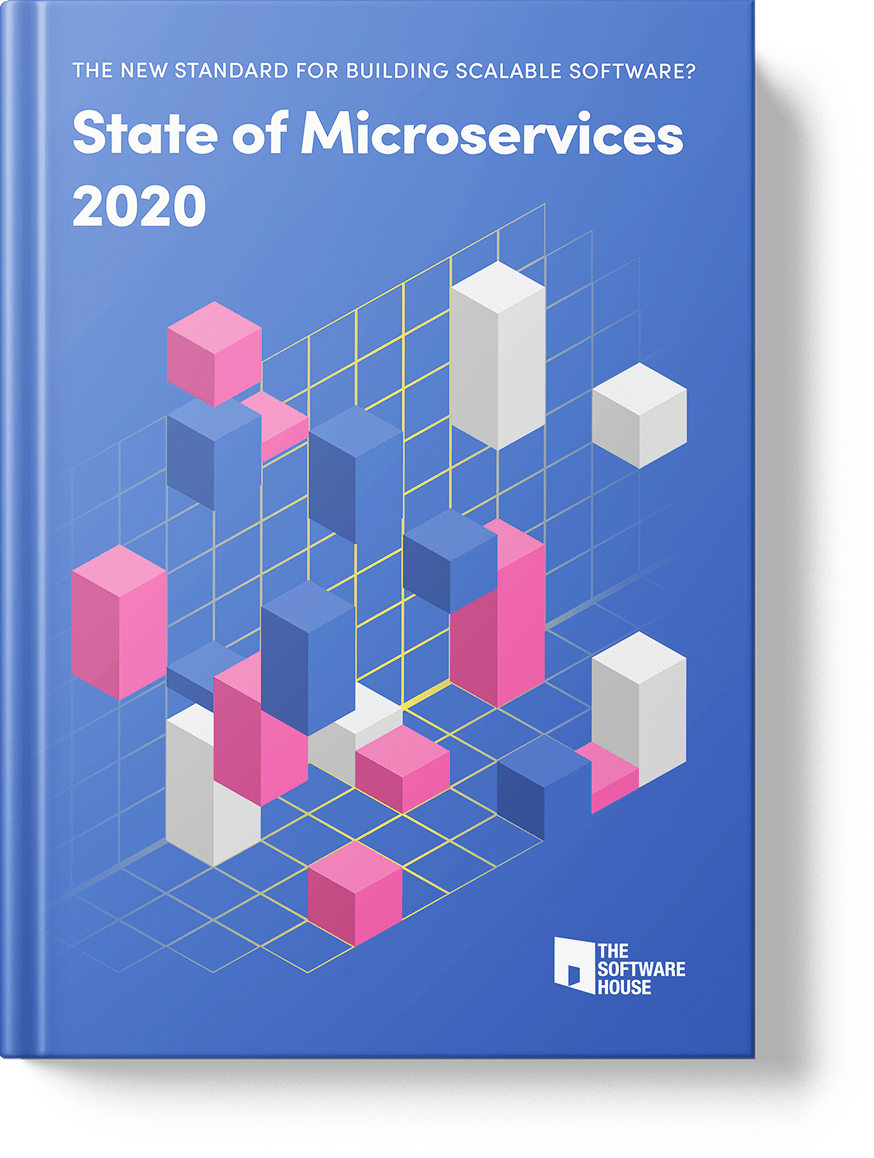Part 01: Developers
669 microservice experts from around the world
Microservice architecture – an architectural style where your application is based on a collection of fine-grained, interconnected services – is definitely a hot thing right now. But what are the pros and cons of this architecture? What’s the future of this trend? Should we all jump on the microservices hype train? Well, to find out, we decided to create this report.
The goal of the State of Microservices 2020 research project was as straightforward as it was ambitious. We wanted to find out how developers around the globe really build their microservices. And if you’re wondering if we succeeded – just take a look at the map below.
Where do the respondents come from?


Total answers 669
Firstly, over 650 software developers decided to take part in our survey. Secondly, more than a half of these talented folks were CTOs, Lead Developers or Senior Developers, showing us all how experienced the microservice community is. And, last but not least, the respondents really came from all around the world, making the report even more useful and universal than we had wished in the beginning.
However, numbers are just numbers. And this is why we decided to let the voice of the microservice gurus be heard by inviting the awesome people of DAZN, Cooperpress, Vercel and more to comment on the results. You’ll find their expert opinions on the following pages.
So, without further ado, I present you the complete State of Microservices 2020 report – the most up-to-date source of information on the state of microservice architecture.
How would you describe your seniority?
How big is the company you are working in?
















